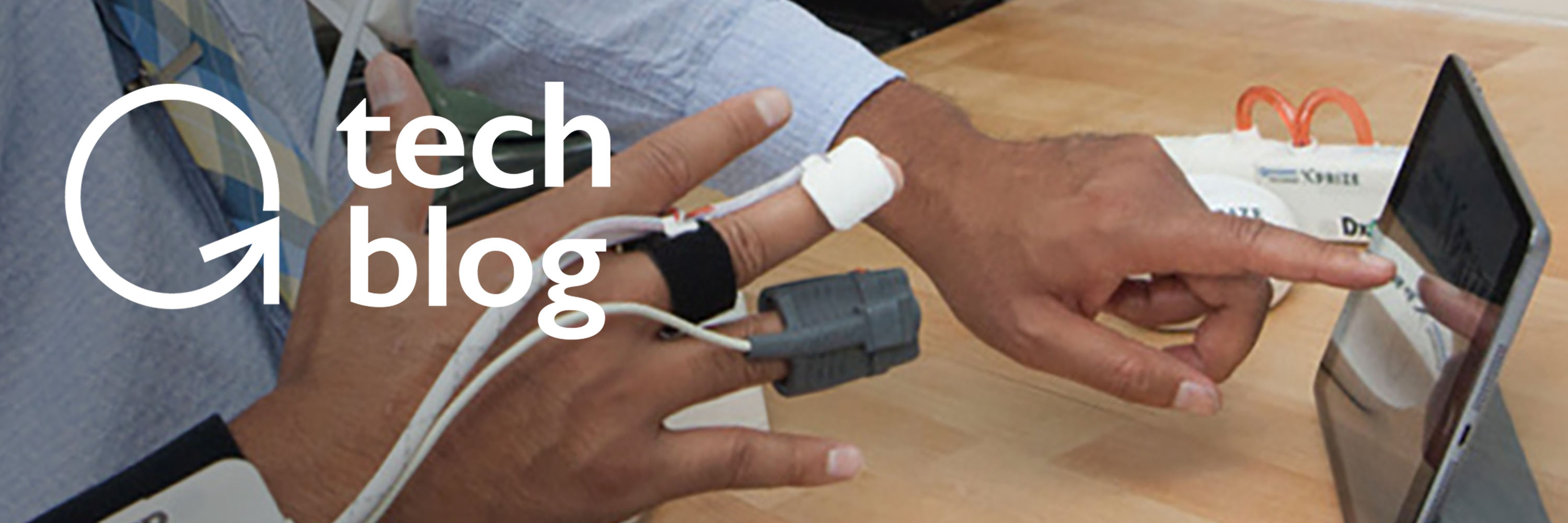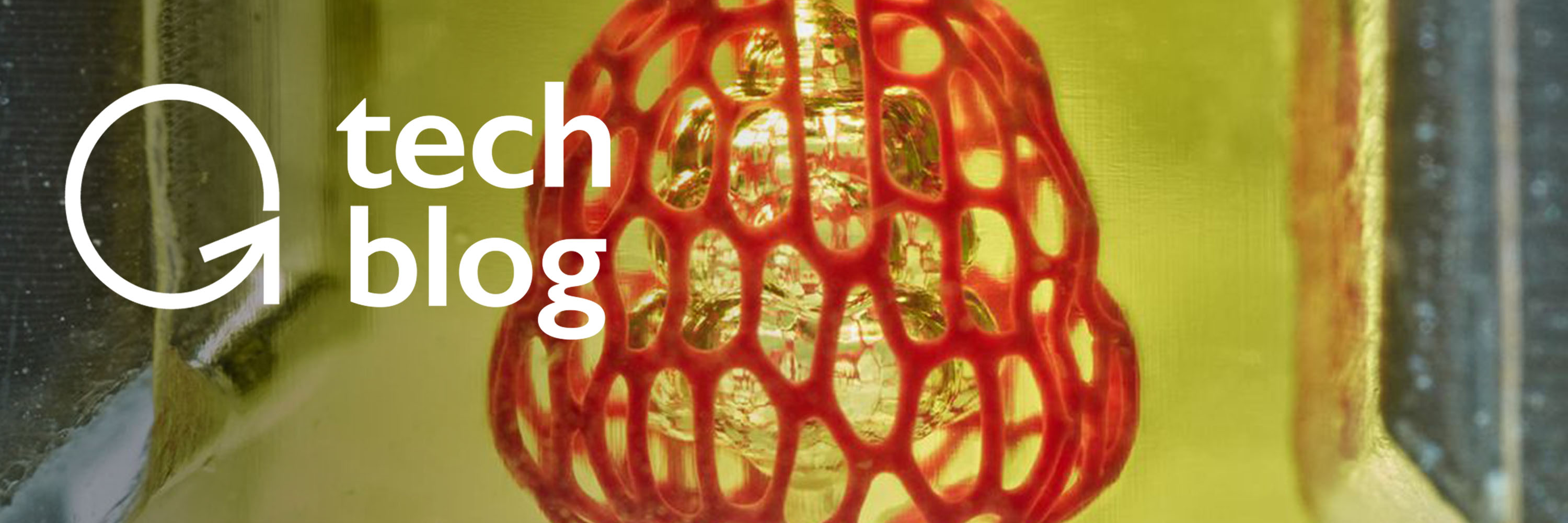
The U.S. healthcare industry is in for a major disruption in the decade ahead.
It is so broken, that it’s horrifying.
U.S. healthcare spending is expected to hit a total of US$3.6 trillion in 2019.
Fear of liability prompts U.S. doctors to spend US$210 billion per year on procedures patients don’t need.
Of every 5,000 new drugs introduced, 5 make it to human testing, and only one is ultimately approved. Yet even then, the average pharmaceutical product takes 12 YEARS to get from lab to patient, costing upwards of $2.5 billion.
Over the next five blogs, we’ll be diving into the digital medicine and biotech revolution unfolding before us. A new generation of AI-enabled, data-driven companies will transform what is today “sick care” into healthcare.
In this blog, we’ll look at a new generation of diagnostics that enable you to become the CEO of your own health. Ultimately, how you can catch disease at “stage-0” before it becomes life threatening.
Let’s dive in…
(Note #1: This blog is an excerpt from my next book The Future is Faster Than You Think, co-authored with Steven Kotler, to be released January 28th, 2020.)
(Note #2: If you like this blog, share it! | LinkedIn | Facebook | Twitter | Or send your friends and family to this link to subscribe!)
Continuous DIY Diagnostics
On a wintery Wednesday in January 2026, you’re being watched. Carefully watched.
Technically, you’re asleep in your bed, but Google’s home assistant knows your schedule. Thanks to your Oura ring, it also knows you’ve just completed a REM cycle and are now entering Stage 1 sleep—making it the perfect time to wake you up.
A gentle increase in the room’s lighting simulates the sunrise, while optimized light wavelengths maximize wakefulness and improve your mood.
“Hey Google, how’s my health this morning?” “One moment,” says your digital assistant.
It takes thirty seconds for the full diagnostic to run, which is pretty good considering the system deploys dozens of sensors capturing gigabytes of data.
Smart sensors in toothbrush and toilet, wearables in bedding and clothing, implantables inside your body—a mobile health suite with a 360-degree view of your system. “Your microbiome looks perfect,” Google tells you. “Also, blood glucose levels are good, vitamin levels fine…”
Google is developing a full range of internal and external sensors that monitor everything from blood sugar to blood chemistry.
And that’s just Google. The list of once multimillion-dollar medical machines now being dematerialized, demonetized, democratized, and delocalized—that is, made into portable and even wearable sensors—could fill a textbook.
Consider the spectrum of possibilities.
On the whiz-bang side, there’s Exo’s AI-enabled, cheap, handheld ultrasound 3D imager—meaning you will soon be able to track anything from wound-healing to fetus growth from the comfort of your home.
Or take former Google X project leader Mary Lou Jepsen’s startup, Openwater, which uses red laser holography to create a portable MRI (magnetic resonance imaging), turning what is today a multimillion-dollar machine into a wearable consumer electronics device. With successful rollout, products like that of Openwater could soon give three-quarters of the world access to medical imaging they currently lack.
Yet simpler developments might be more revolutionary.
In less than two decades, wearables have gone from first-generation step-counting self-trackers to Apple’s fourth-generation iWatch, which includes an FDA-approved ECG scanner capable of real-time cardiac monitoring.
Or look at Final Frontier Medical Devices’ DxtER (winner of the $10 million Qualcomm Tricorder XPRIZE): a collection of easy-to-use, noninvasive medical sensors, and a diagnostic AI, accessible via app. Already, DxtER reliably detects over fifty common ailments.
In convergence, these developments point towards a future of always-on health monitoring and cheap, easy diagnostics.
The technical term for this shift is “mobile health,” a field predicted to explode into a $102 billion market by 2022. Step aside, WebMD. The idea here is to put a virtual doctor, on demand, in your back pocket.
And we’re getting close.
Riding the convergence of networks, smart sensors, and cloud computation, AI-backed medical chatbots are now flooding the market. These apps can diagnose everything from a rash to retinopathy.
And it’s not just physical ailments. Woebot is now taking on mental health, delivering cognitive behavioral therapy via Facebook Messenger to patients suffering from depression.
Proactive Healthcare
So where are these trends actually headed?
Take Human Longevity Inc., a company I co-founded in 2013. Its key offering, the “Health Nucleus” is an annual, three-hour health scan consisting of whole genome sequencing, whole body MRI, heart and lung CT, echocardiogram, and a slew of clinical blood tests—essentially the most complete picture of health currently available. (If you’re interested, you can meet HLI’s Health Nucleus team at Abundance 360 this January.)
This picture is important for two reasons. The first is early disease detection.
In 2018, Human Longevity published stats on its first 1,190 clients. Nine percent of its patients uncovered previously undetected coronary artery disease (the number one killer in the world), 2.5 percent found aneurysms (the number two killer in the world), 2 percent saw tumors—and so forth. In total, a staggering 14.4 percent had significant issues requiring immediate intervention, while 40 percent found a condition that needed long-term monitoring.
The second reason this is important? Everything Human Longevity is measuring and tracking via half-day annual visits will soon come to you on demand. Thanks to always-on, always-watching sensors, your smartphone is about to become your doctor.
From Damage Control to Prevention
Skyrocketing AI capabilities, dematerializing sensors, and next-gen computing power are on the verge of embedding themselves in your wearables, home, future AR devices, and—one day—implantables.
In success, today’s era of lengthy, expensive, and reactive ‘sickcare’—mediated by insurance middlemen—is giving way to continuous, ultra-cheap, personalized, and proactive healthcare.
Soon to own our (technological) doctors (not to mention our health data), we will no longer correct for risk once losses are incurred. Instead, we’ll be minimizing risk 24/7, at extraordinarily low cost, without even thinking about it.
Join me next week for Part 2 of our series on the Future of Healthcare.
(Note #1: This blog is an excerpt from my next book The Future is Faster Than You Think, co-authored with Steven Kotler, to be released January 28th, 2020.)
(Note #2: If you like this blog, share it! | LinkedIn | Facebook | Twitter | Or send your friends and family to this link to subscribe!)
Join Me
(1) A360 Executive Mastermind: If you’re an exponentially and abundance-minded entrepreneur who would like coaching directly from me, consider joining my Abundance 360 Mastermind, a highly selective community of 360 CEOs and entrepreneurs who I coach for 3 days every January in Beverly Hills, Ca. Through A360, I provide my members with context and clarity about how converging exponential technologies will transform every industry. I’m committed to running A360 for the course of an ongoing 25-year journey as a “countdown to the Singularity."
If you’d like to learn more and consider joining our 2020 membership, apply here.
(2) Abundance-Digital Online Community: I’ve also created a Digital/Online community of bold, abundance-minded entrepreneurs called Abundance-Digital. Abundance-Digital is Singularity University's ‘onramp’ for exponential entrepreneurs — those who want to get involved and play at a higher level. Click here to learn more.
(Both A360 and Abundance-Digital are part of Singularity University — your participation opens you to a global community.)
Topics: 3D Printing Robotics Materials Science Manufacturing Sensors Entrepreneurship Exponentials Technology Artificial Intellegence robots Drones Autonomous Drones materials networks connectivity smart cities nanobots construction connection entrepreneur augmented manufacturing convergence catalyzer additive manufacturing convergence disaster relief humanitarian aid humanitarian aid exponential technology drone technology smart tracking mobile connectivity hyperloop







